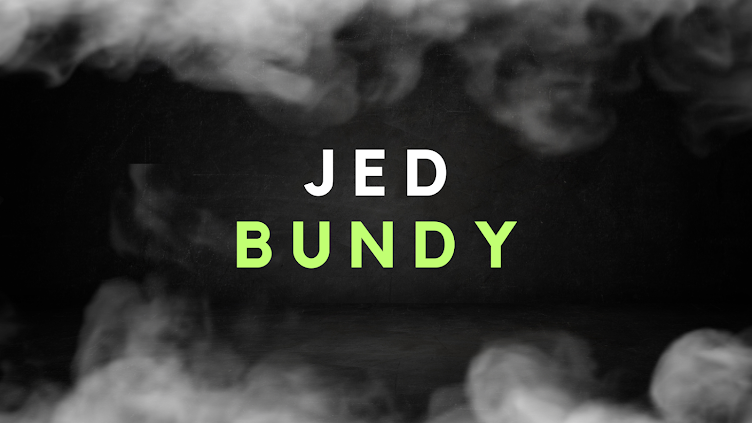Insidious (2010)
Director: James Wan
Writer: Leigh Whannell
Stars: Patrick Wilson, Rose Byrne, Ty Simpkins
Insidious is a strange hybrid of a ghost story. Writer Leigh
Whannell and director James Wan drew inspiration and homage from so many
different sources that they wound up creating a patchwork creation that
shouldn’t work...but sort of does. There are so many shifts in focus and story,
in fact, it would be hard not to talk about the film without spoilers. So
be warned, I plan to bring up a few specifics below and I really loved going
into this film completely in the dark (so to speak).
The film gets off to a slow start. Josh and Renai Lambert
move their young family into new house where creepy things immediately begin to
happen. If this sounds familiar, it’s because it is. The first act of Insidious
is a world filled with cliches and tropes (there’s a moment where a mother
finds that her books have been moved and accuses her children of the ghostly
pranks. Not only have we seen that exact scene dozens of times, but it doesn’t
quite make sense with what we later learn). It’s not terrible, Rose Byrn and
Patrick Wilson are capable actors and give the usual
family-moves-into-haunted-house yarn some believability. Plus, I’ll give Wan
full credit for sprinkling in some truly subtle (blink and you’ll miss them)
and creepy scares. I mentioned in my Oculus review about the tired setups of
all ghost story films these days, and Insidious follows it religiously.
Things pick up, though, when the film takes a refreshing turn,
and the family actually decides to move the house. Of course, if things were that
simple, there wouldn’t be much of a movie. No, it turns out it wasn’t the house
that was haunted, but their comatose son! This is where the film begins
shifting gears and gaining some energy. You could rightly level
the criticism that Insidious become a thinly veiled Poltergeist homage at this
point. However, there’s enough cosmetic differences to the same core story that
I was okay with it. Besides, I’d rather it be hewing too close to one single
movie than every haunted house movie ever, ala the first act.
You could also lay the criticism that the tone shifts
dramatically here. Broad comic relief characters are introduced in the form of
paranormal investigators, and the subtle scares are being replaced with more
blatant jump scares. But again, the shift was unexpected enough to refuel the
lagging story, yet still felt like it belonged in the same universe of the
film. Plus, it made me realize, I had no idea what direction the rest of the film
was going to go in, which I loved. So, there’s a change, sure, but it feels
more like the next chapter of the story, than an entirely different film.
Things get weirder and more outrageous, yet I found myself
loving every minute of it. We’ve got an old woman acting as medium utilizing
some bold choices in equipment. Red faced demons crawling on ceilings. Unveiled
backstories that connect dad to the current predicament. Some of it is a
bit silly, but it also feels fresh and inventive. I’ll take interesting and
off-beat over safe and boring any day.
The final sequence of the film features Josh venturing into
the astral world to save his son. Though I enjoyed some of the bits here,
overall, I felt like the world could’ve been more imaginatively realized.
Instead of something hitherto unseen and unsettling, we get smoke and the old
house with a different color temperature. Still, the final chase is filled with
knuckle biting tense moments and a few good scares. The final moments of the
film are the obvious choice and only serve to undermine much of what just
happened. But I suppose it does set us up for the sequel.
So, the first part of the movie is subtle yet common, while
the second half is broader, yet interesting. Re-reading some reviews, I see
I’m a minority in preferring the latter, but at least you know you’ll probably
enjoy one half of the movie. Which half depends on your tastes.
3.5 out of 5
- Cameron Harrison



